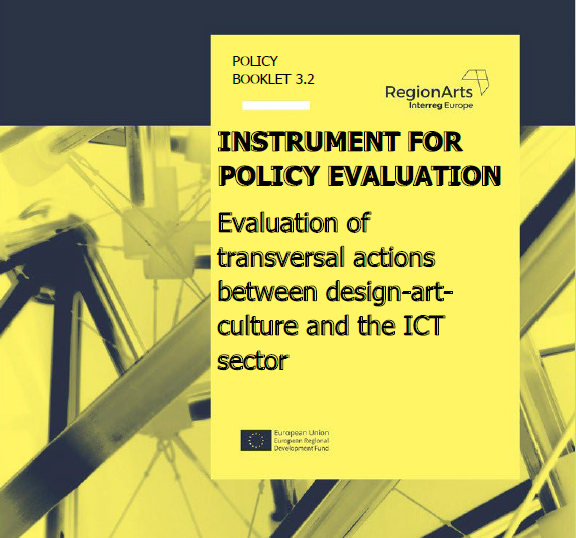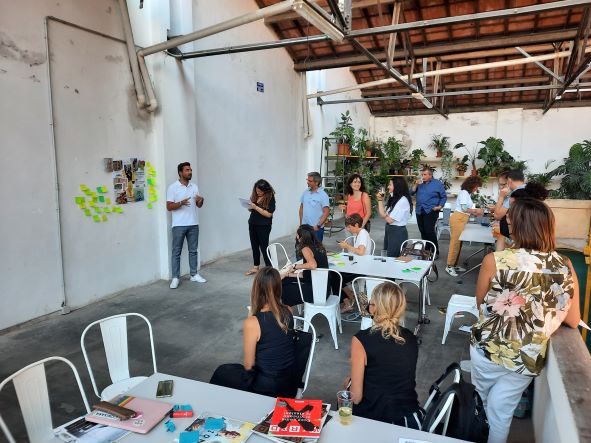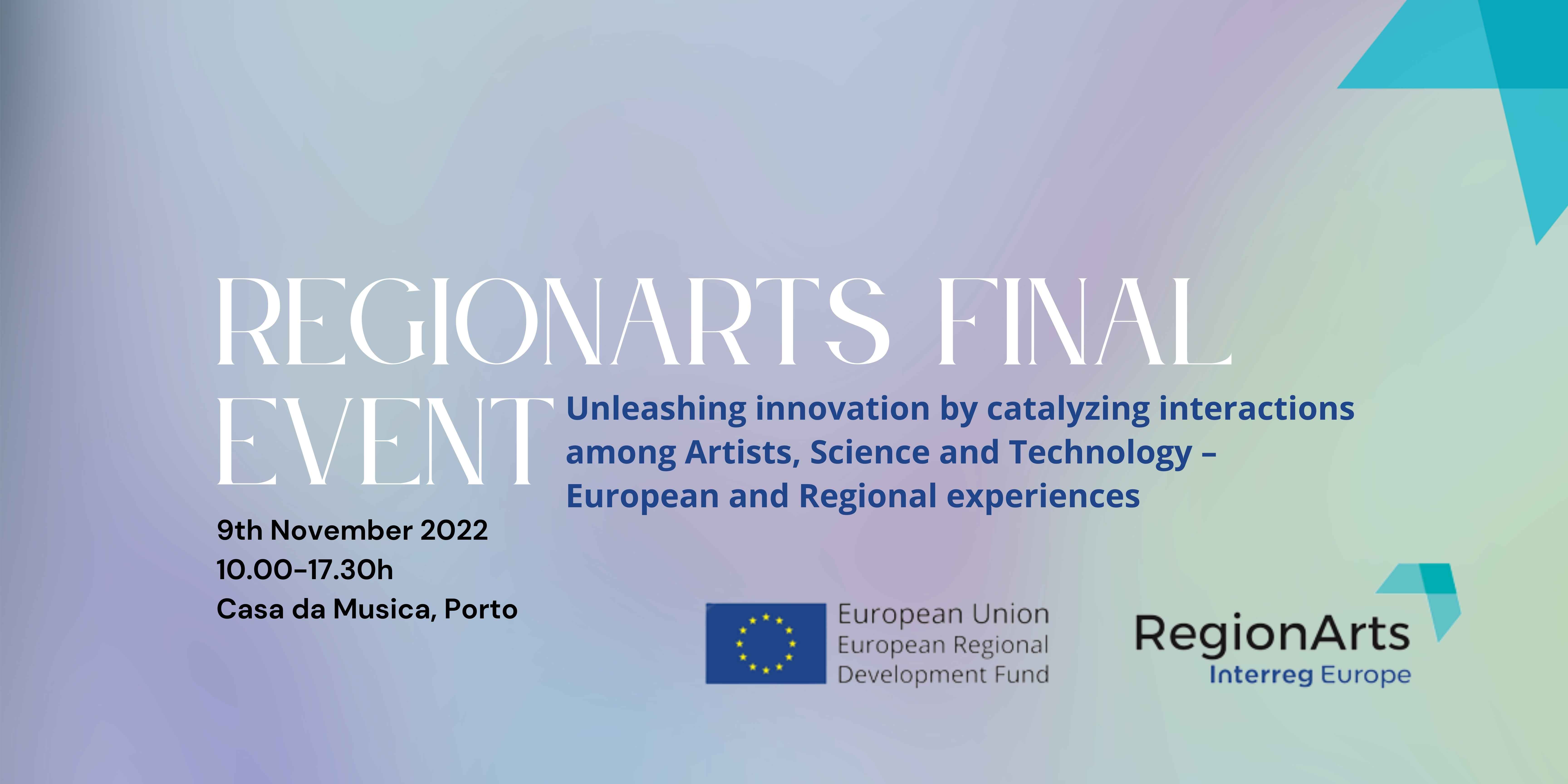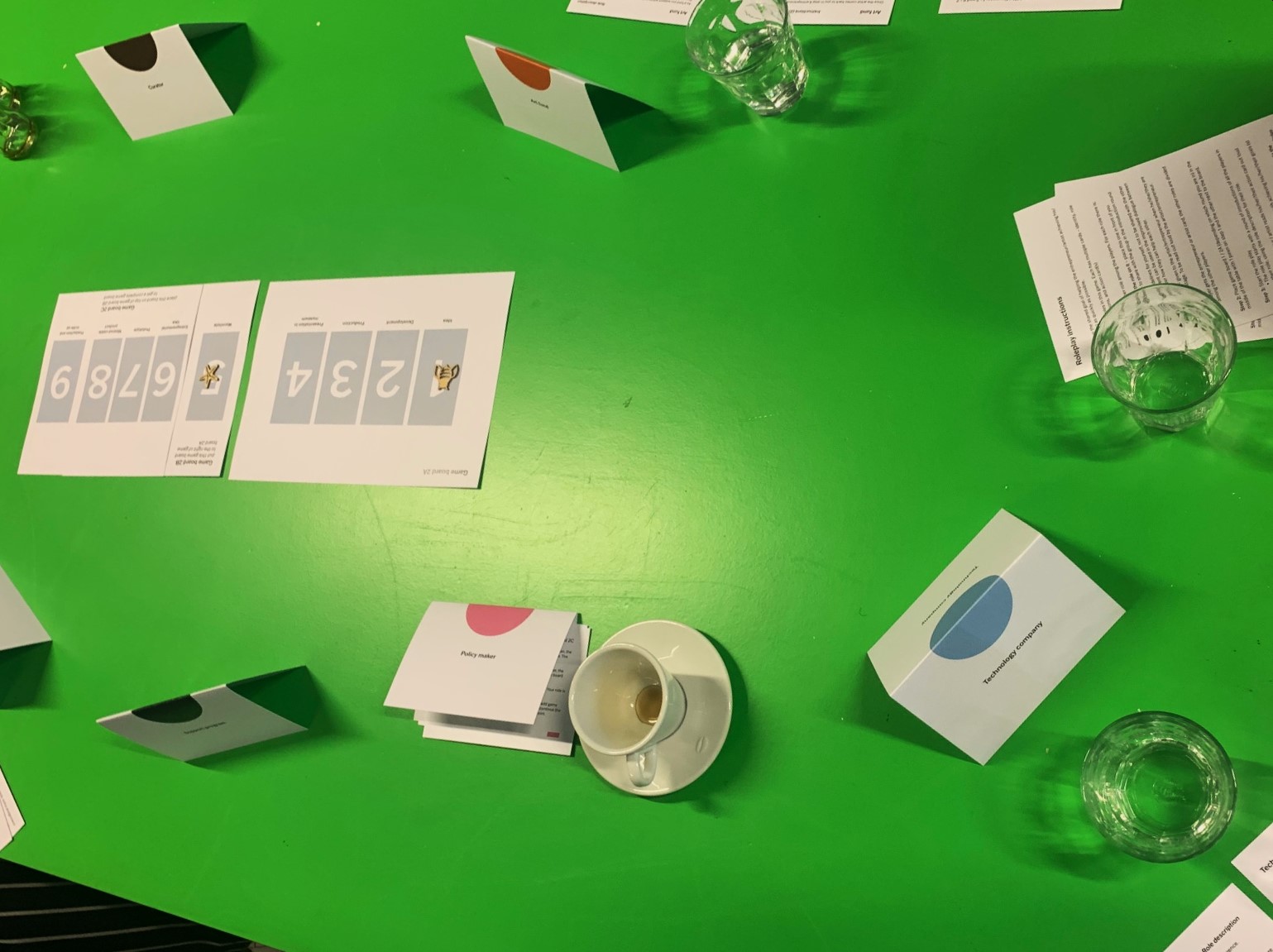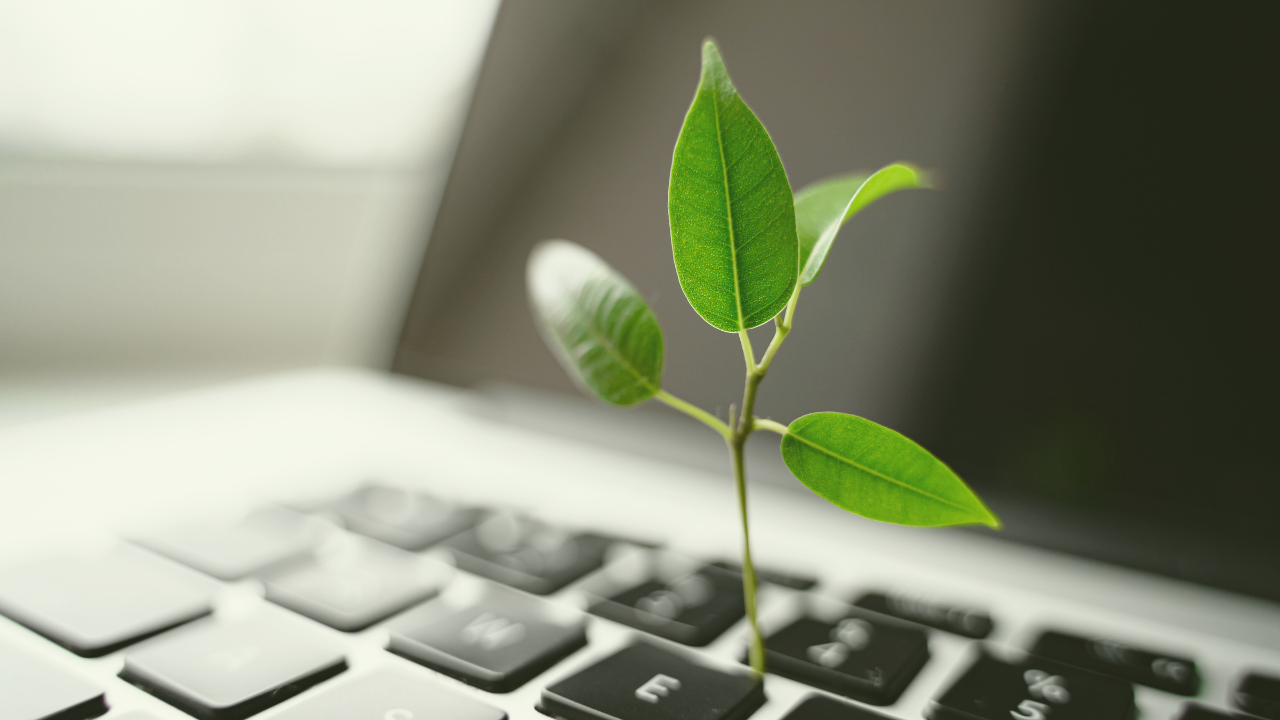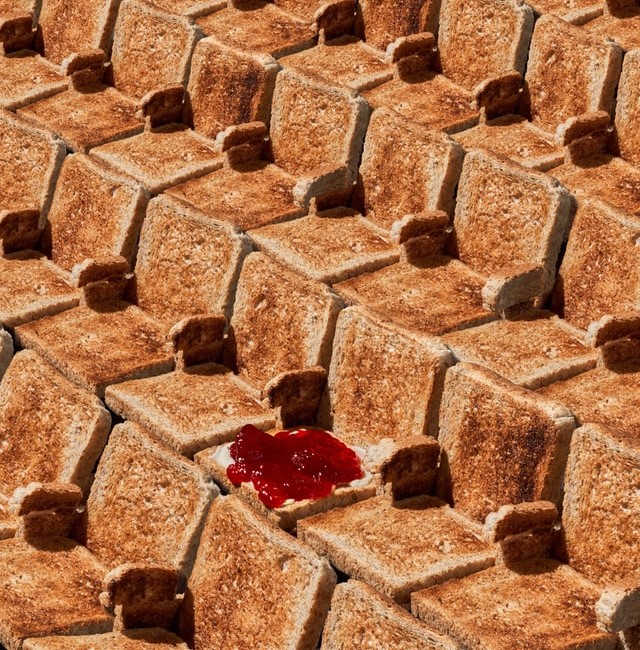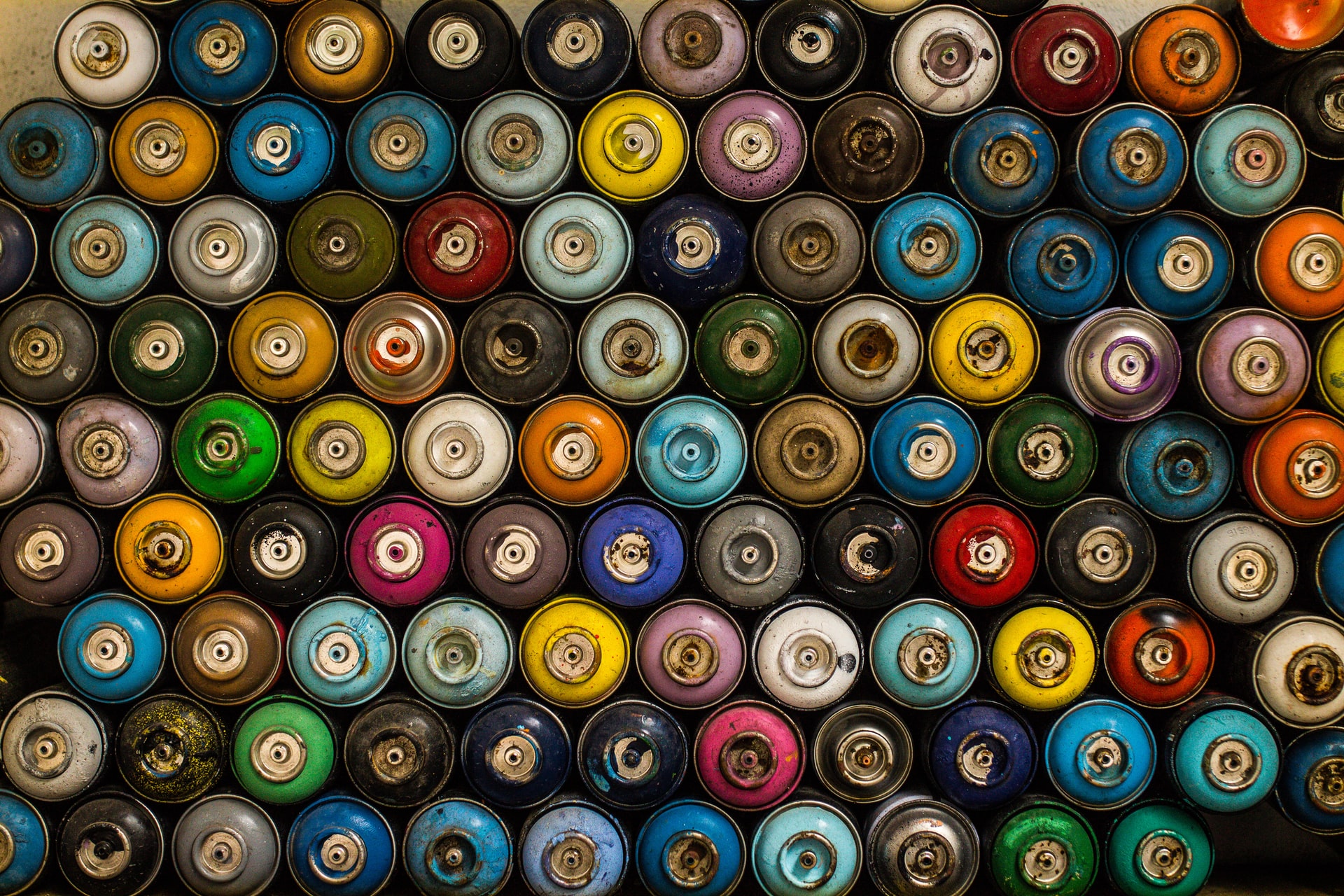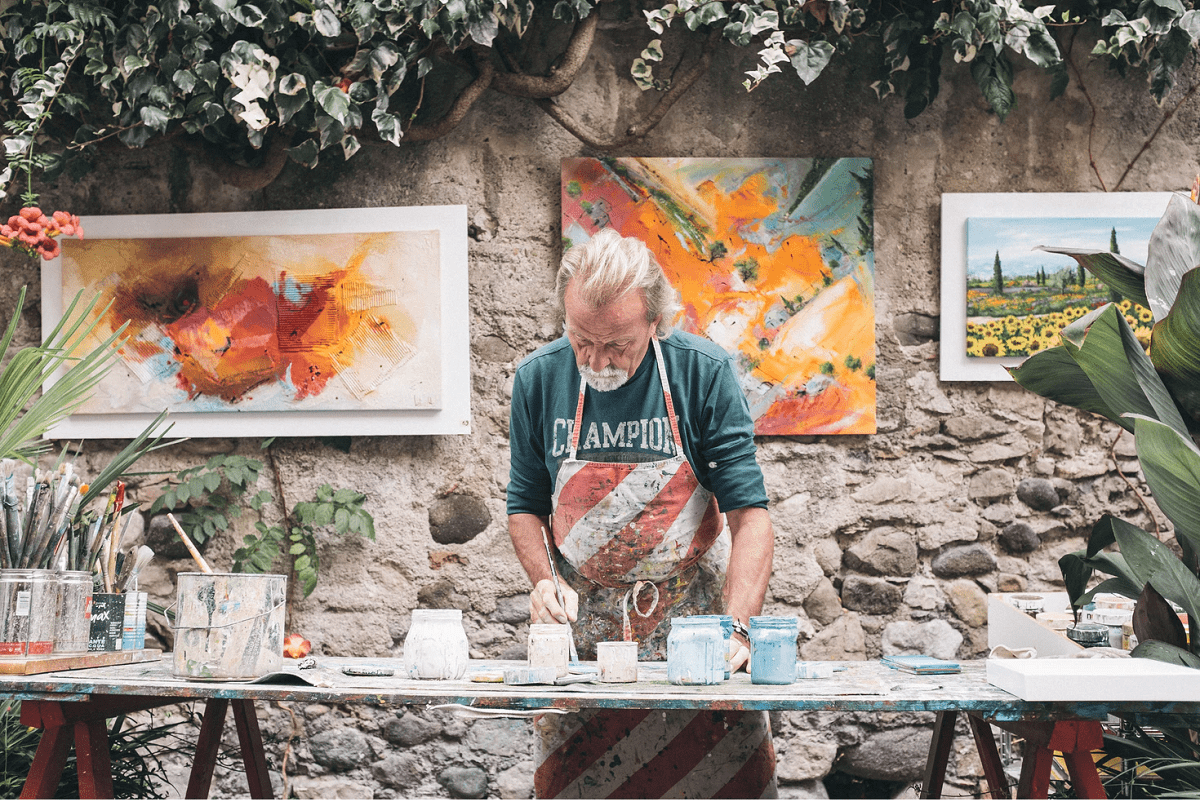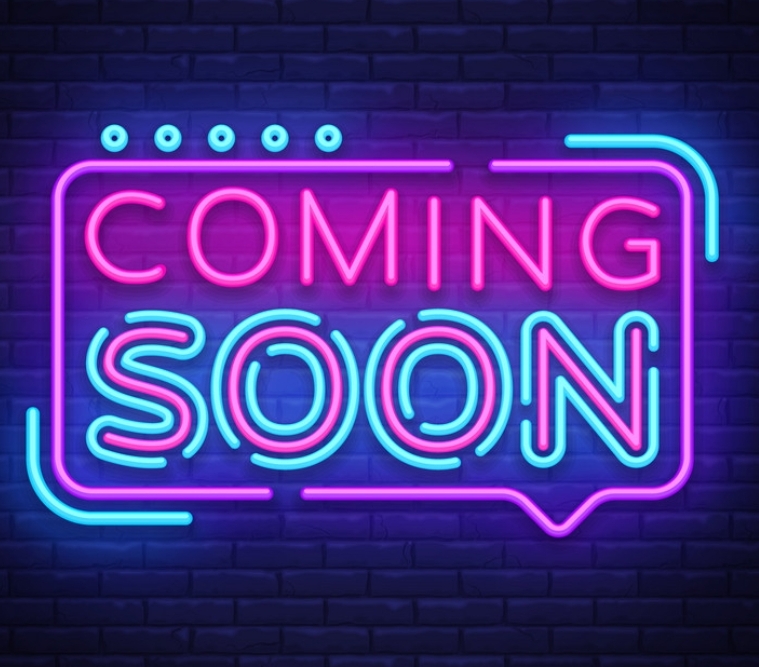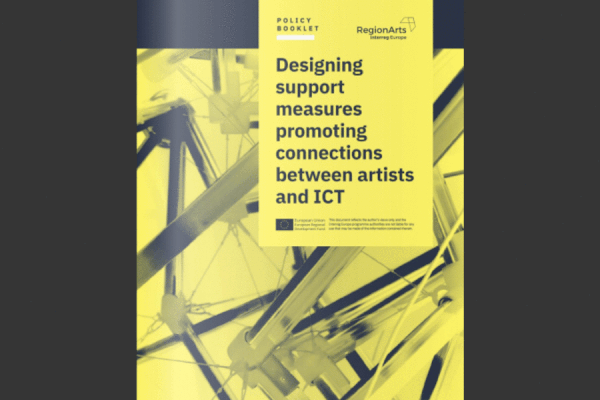The reopening of art institutions still seems a distant prospect for many parts of the world – and the idea of the hyper-crowded blockbuster show even more so. So has the moment for digital art arrived? Artists – many of them locked out of studios and with projects, residencies and exhibitions having evaporated – are improvising with the means at their disposal. At least those, of course, who aren’t sick, or caring for others, or running up face masks on their sewing machines (like Stephanie Syjuco, the California-based artist, who has been producing around 100 a week for use by frontline community workers).
Many are getting used to working in new ways, some of them digital. But this is what artists have always done. As Martin Clark, director of Camden Arts Centre in London, says: “I used to work at Tate St Ives. There it’s really noticeable that when you get to the war years, paintings became really small – because there wasn’t much canvas around. Everyone’s work changed to accommodate the material conditions. In a way, what’s happening now is no different.” (For his own institution, accommodating the conditions has meant launching an online version of a now delayed exhibition, The Botanical Mind – a site rich with texts, recordings and images, plus a new digital work by Adam Chodzko.)
Some forms of digital experimentation are survival strategies. East Sussex-based painter Matthew Burrows began #artistsupportpledge on Instagram to help artists financially, given that many fragile livelihoods have been destroyed by the loss of projects, residencies and second jobs. Artists post work to sell for no more than £200. Whenever they make £1,000, they pledge to spend £200 on another artist’s work – and so on. It has raised an estimated £20m for artists and makers worldwide.
Ben Vickers, the chief technology officer at London’s Serpentine Gallery, is soon, along with colleagues, to publish a report completed before the pandemic, titled Future Art Ecosystems. One of the open – and unanswered – questions posed by the document is: “What would a major public art institution look like without physical exhibition or performance spaces?” That seems a particularly resonant line of inquiry right now. But it’s also clear that digital art has a long and complex history. What used to be called “net art” can trace its roots back to an era before the web – to the 1960s mail art movement, for example, when artists sent work by post. Organisations including New York-based Rhizome have been supporting and preserving art made to be seen online for years. Some organisations better known for their physical exhibitions, such as Dia Art Foundation, have long been working with digital art, and now may be the time to discover some of these older web-based commissions, which date to 1995. (Dia director Jessica Morgan reports an uptick of interest in these, as her audience’s attention diverts to Dia’s website.)
It’s too early to tell what impact the pandemic may have, says Vickers. One thing, though, that he’s spotted on a personal level, is the appeal of virtual reality at a time when much of his life, professional and social, has been conducted through the aching flatness of Zoom. He has been “meeting” with the artist Jakob Kudsk Steensen – who last year made an augmented-reality tour of Kensington Gardens called The Deep Listener for the Serpentine – in a VR environment. “I’d given up on VR a year or so ago, but the greater sense of presence you get is a relief now there’s only the flat screen. Curators are starting to think about how you could host a public event with VR, how you could really deploy it well.”
Read the full article here: https://www.theguardian.com/artanddesign/2020/may/12/digital-art-coronavirus-lockdown-talking-dog-titian


